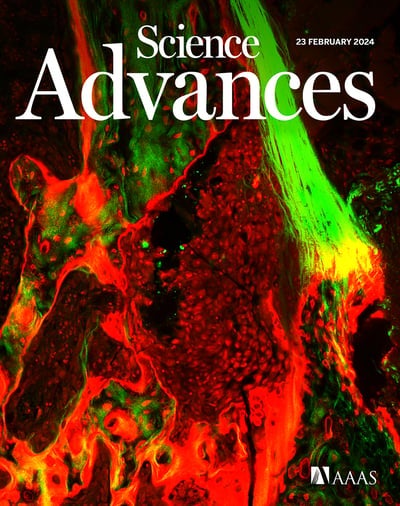
Leo Wan's group recently published a paper on "Helical vasculogenesis driven by cell chirality" which was published in Science Advances. This work is a collaboration between Leo's group and Alejandro Adam's group at AMC and involved the graduate students Haokang Zhang and Tasnif Raman.
The abstract of the work is:
The cellular helical structure is well known for its crucial role in development and disease. Nevertheless, the underlying mechanism governing this phenomenon remains largely unexplored, particularly in recapitulating it in well-controlled engineering systems. Leveraging advanced microfluidics, we present compelling evidence of the spontaneous emergence of helical endothelial tubes exhibiting robust right-handedness governed by inherent cell chirality. To strengthen our findings, we identify a consistent bias toward the same chirality in mouse vascular tissues. Manipulating endothelial cell chirality using small-molecule drugs produces a dose-dependent reversal of the handedness in engineered vessels, accompanied by non-monotonic changes in vascular permeability. Moreover, our three-dimensional cell vertex model provides biomechanical insights into the chiral morphogenesis process, highlighting the role of cellular torque and tissue fluidity in its regulation. Our study unravels an intriguing mechanism underlying vascular chiral morphogenesis, shedding light on the broader implications and distinctive perspectives of tubulogenesis within biological systems.
The paper can be accessed following this link:
https://www.science.org/doi/10.1126/sciadv.adj3582


